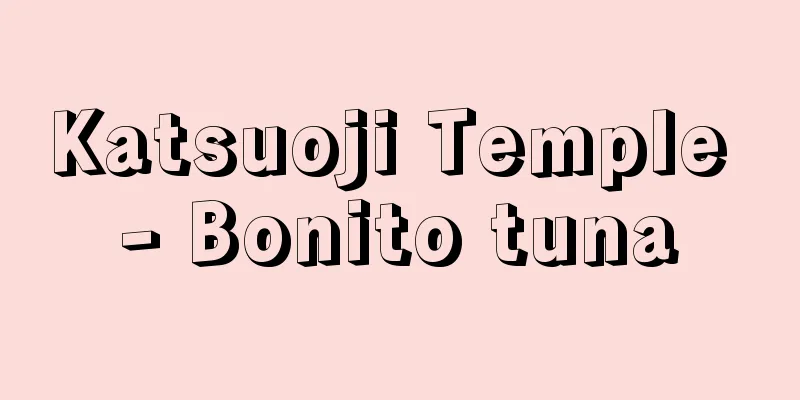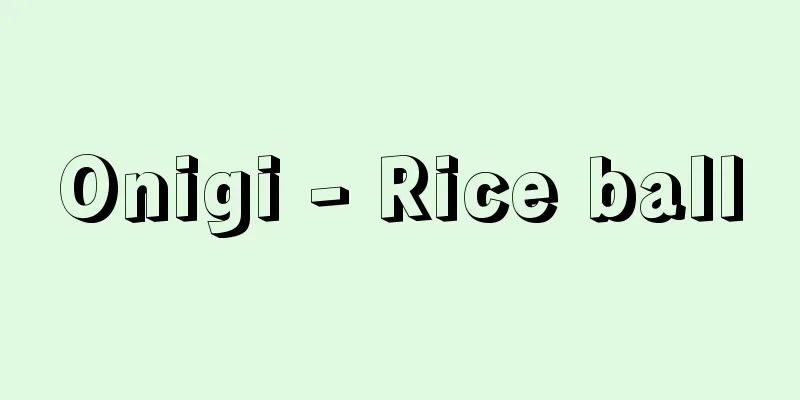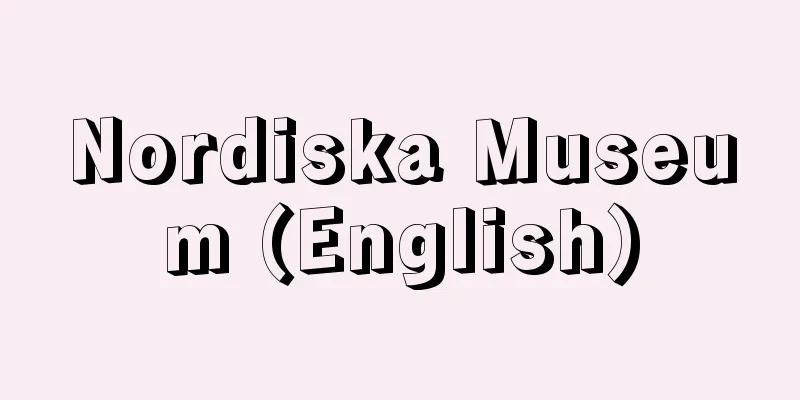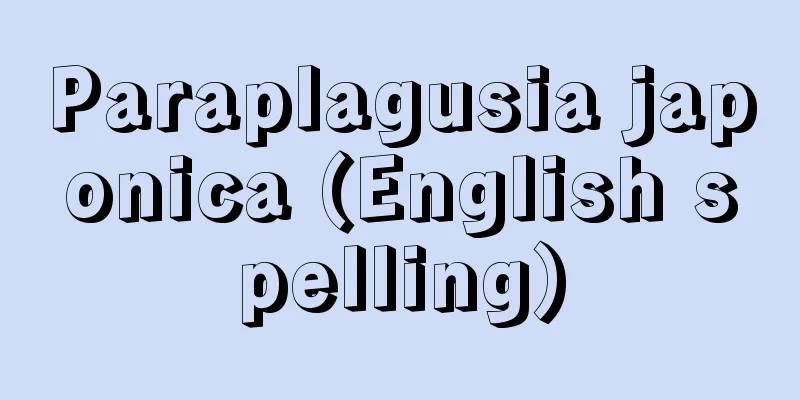Katsuoji Temple - Bonito tuna

|
This temple is located in Aomamadani, Minoh City, Osaka Prefecture. It is also commonly called "Kachioji." It belongs to the Koyasan Shingon sect and is called Ochozan Bodaiin. The principal image is the Eleven-Headed Thousand-Armed Kannon. It is the 23rd temple of the Thirty-Three Temples of the Western Provinces. At the end of the Nara period, the brothers Zenchu and Zensan entered the mountain, and in 765 (Tenpyo Jingo 1), Emperor Konin's son Kaijo, who studied under them, stayed there. He later built a temple and named it Mirokuji. The temple was given its current name after it was said to have helped Emperor Seiwa recover from an illness. In the Middle Ages, the temple occupied a vast area and was prosperous, but the entire mountain was burned down during the Genpei War. Currently, the temple is lined with the Yakushido Hall, said to have been rebuilt by Minamoto no Yoritomo, as well as the main hall and Daishido Hall, both of which were rebuilt in the early modern period. Also remaining within the old grounds are the Hatten no Ishigura (encasing statues of the Four Heavenly Kings and the Four Great Wisdom Kings) and town stones, which were built on all sides of the temple in the Middle Ages to mark the boundaries of the temple's land, and are designated as national historic sites. The temple's treasures include the Yakushi Triad and the fourth volume of the Lotus Sutra, both of which are important cultural properties of the country. The temple also houses many Katsuo-ji documents. [Kanaoka Hidetomo] Source: Shogakukan Encyclopedia Nipponica About Encyclopedia Nipponica Information | Legend |
|
大阪府箕面(みのお)市粟生間谷(あおまだに)にある寺。俗に「かちおじ」ともいう。高野山真言宗に属し、応頂山菩提院(おうちょうざんぼだいいん)と号する。本尊は十一面千手観音(せんじゅかんのん)。西国三十三所第23番札所。奈良時代末、善仲・善算の兄弟が入山、765年(天平神護1)2人に師事した光仁(こうにん)天皇の皇子開成(かいじょう)が止住、のち堂宇を建立し弥勒寺(みろくじ)と称したのに始まる。清和(せいわ)天皇の病気平癒に効験あり、現寺名を賜った。中世には広大な寺域を領し、寺運盛んであったが、源平の乱で一山焼失した。 現在、源頼朝(よりとも)再建と伝える薬師堂ほか、近世に再建された本堂、大師堂などが並ぶ。また旧境内には中世に寺領の境界を標示するために寺の八方に築造された八天石蔵(はってんのいしぐら)(四天王、四大明王像を埋納)と町石が遺存し、国史跡に指定されている。寺宝の薬師三尊像、『法華経(ほけきょう)』第4巻は国の重要文化財。また勝尾寺文書を多数蔵する。 [金岡秀友] 出典 小学館 日本大百科全書(ニッポニカ)日本大百科全書(ニッポニカ)について 情報 | 凡例 |
Recommend
German idealism - doi tsukanenron (English spelling) German idealism English
It is a translation of the German phrase der deut...
Myotis hosonoi (English spelling) Myotishosonoi
…[Yoshiyuki Mizuko]. . . *Some of the terminology...
《Guide to entertaining》 - Guide for entertaining
…He grew up in a wealthy family, with his grandfa...
Examination magazine - jukenzasshi
Basically, it is a practical magazine with informa...
Big drum - Dadaiko
A large shime drum used in the left and right dan...
Banda Aceh (English spelling)
The capital of the Aceh Special Region, located at...
Ujigawa Line - Ujigawa Line
The gorge of the Uji River from Tonohata in the so...
"Inryoken Diary" - Onryoken Nichiroku
...Diaries of the successive head priests of Roku...
Hammer - Tweet
[Kanji for personal names] [Sound] Tsui (Kanji) [R...
Umebachigegyo - Umebachigegyo
A pentagon-shaped kenko (fish stand). Used for hou...
Metal oxide semiconductor
… [Development of MOS ICs] Meanwhile, research in...
Potsdam Declaration
This declaration was discussed at the Potsdam Con...
Alcaldia Mayor (English spelling) Alcaldiamayor
… The administrative divisions of the Viceroyalty...
Giulio Caccini
Italian singer and composer who contributed to th...
Discoglossidae
…The male of the latter species has a small tail-...









